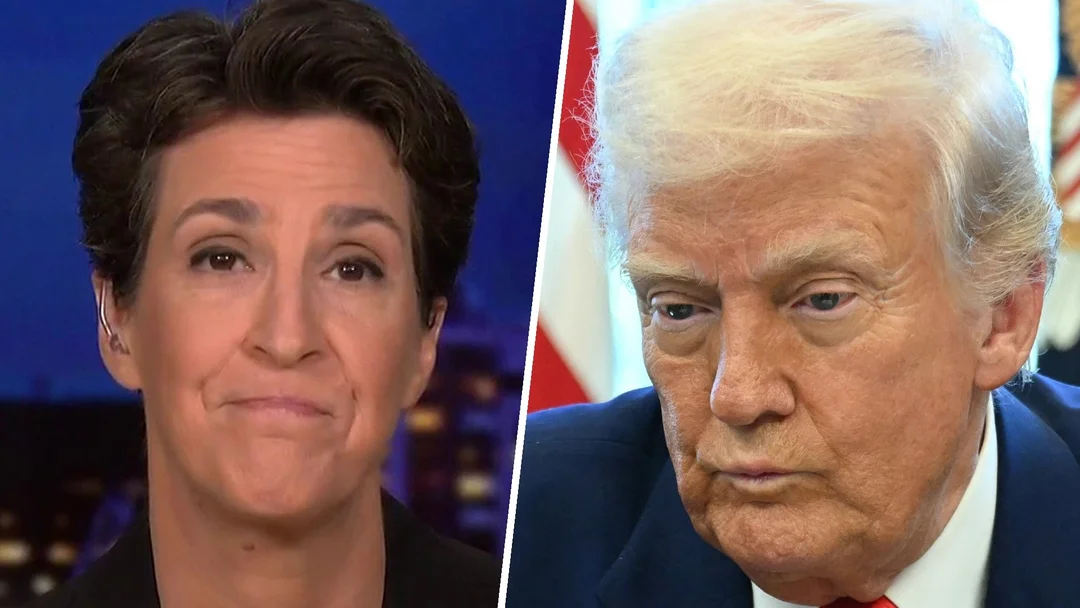
Tariffs, Turmoil, And The Courts: How Trump’s Hardline Policies Triggered Economic And Legal Chaos
In a tumultuous period marked by sweeping tariffs, court clashes, and policy upheaval, the Trump administration has found itself at the center of escalating legal disputes and economic volatility. As the White House doubles down on controversial economic and immigration measures, disparities between its public messaging and courtroom arguments grow glaring, raising questions about the administration’s strategies—and their costs for America’s future.
One of the starkest contrasts has come in the Trump administration’s rhetoric versus its defenses in court. While President Trump’s bold proclamations about executive authority and unwavering policy loosely command the public stage, the story in court is far more measured. As Judge Ana Reyes pointedly told Justice Department lawyers in a recent hearing over a transgender military policy, “You’re saying one thing in public. You’re saying a different thing in court. The court is not going to be gaslit.” In legal filings and before judges, administration officials routinely soften or reframe the impact of contentious actions, striving to keep them within legal bounds even as executive statements and tweets tell a different tale.
Behind these fiery declarations and legal walk-backs lies mounting internal discord. The Office of the Solicitor General, tasked with defending White House positions at the Supreme Court, has witnessed a mass exodus: half the attorneys are leaving or planning to, citing irreconcilable differences with directives forwarded from the Oval Office. “The question is, who’s left?” asked Georgetown Law’s Steve Vladeck, as experienced lawyers depart and confidence in the office’s impartiality is undermined. These legal tremors come amid a tidal wave of lawsuits challenging Trump’s most controversial moves.
The administration’s economic agenda has inflamed global markets and fractured old alliances. President Trump’s aggressive tariff policy—marketed as ‘reciprocal tariffs’—has triggered tit-for-tat retaliation from China and the European Union, upending American farmers, exporters, and consumers alike. China’s latest leap to an 84 percent tariff on U.S. goods, along with the EU’s targeting of American exports, slashed hopes for American businesses already battered by past trade wars. The American Soybean Association’s President, Caleb Ragland, lamented, “Tariffs are not something to ‘have fun’ with. They hit family businesses squarely in the wallet.” JP Morgan’s Jamie Dimon, Senator Ted Cruz, and even key Trump supporter Bill Ackman raised alarm bells about the “self-induced economic nuclear winter” unfolding.
Domestically, the economic impact is already apparent: President Trump’s approval rating has plummeted among Gen Z and young voters, investor confidence is shaken, and the specter of a recession looms as businesses and consumers face higher costs. Political operatives, business leaders, and lawmakers—many typically loyal to Trump—are urging a shift in tone and policy. Noted commentator Ben Shapiro termed the tariffs “probably unconstitutional” and decried their effect as “one of the biggest tax increases on American consumers in the history of the country.”
Meanwhile, the administration’s hardline immigration tactics have taken on a dystopian edge, with ICE leaders touting mass deportations likened to ‘Amazon Prime’ fulfillment. The business of detention and deportation has attracted a surge of private contractors, and raids have swept up not just undocumented migrants but even legal immigrants over alleged political views.
The legal system stands as a rare check on the executive’s forceful policies, continuing to challenge and sometimes overturn controversial initiatives. But as key government attorneys depart and courtroom defenses grow thinner, the long-term outlook for a balanced and effective legal process remains uncertain.
The Trump administration’s ongoing clash between bold promises and legal realities—and between brash policymaking and economic repercussions—leaves a nation at a crossroads. As judges push back, lawyers walk out, and financial markets teeter, the true cost of these policies is coming into sharp focus. Will the administration compromise, or double down? How far can bold rhetoric carry the country, when the price lands on American wallets and reputations?
What’s your take on the escalating economic and legal rifts? Have tariffs or immigration policies affected you or your community? Share your thoughts in the comments below and join the discussion.